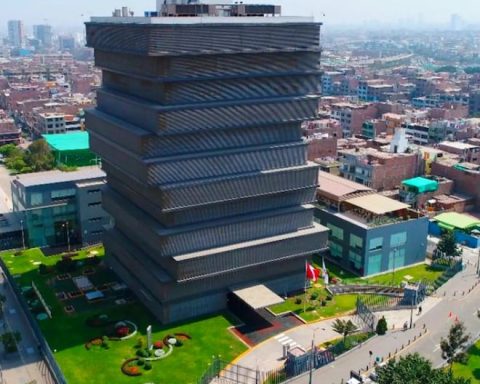“There was a general atmosphere of urgency. In some congresses there was discussion, while in others they proceeded directly to voting. The case of Oaxaca stands out, where the session lasted only six minutes. The efficiency with which the reform was approved demonstrates the robustness of Morena’s coordination at the local level,” he maintains.
Electoral Strategy highlighted that Morena showed itself to be even stronger in the states, where the reform passed without discussion, while it was also in the entities where the opposition revealed more weaknesses, since the parties opposing Morena and allies fractured.
Thus, it was possible for the constitutional change to prosper, even with votes from the opposition, which was divided in the Legislative Powers of the states of Colima, Mexico City, Durango, Guerrero, State of Mexico, Michoacán, San Luis Potosí, Sonora and Tamaulipas.
As a special case, Durango stood out, an entity governed by the Institutional Revolutionary Party (PRI), a party that in the federal Congress voted against, but in the Chamber of Deputies of that entity “voted in favor, an action that was applauded by Governor Esteban Villegas, because it would not generate conflicts in the relationship of the state with the Presidency of the Republic.”
Thus, among its conclusions, the consultant mentions that the approval process of the judicial reform “is notable for its speed and for the firm determination of the ruling party legislators to approve it as soon as possible, even despite protests from of civil society that, in few cases, became violent and disruptive.















